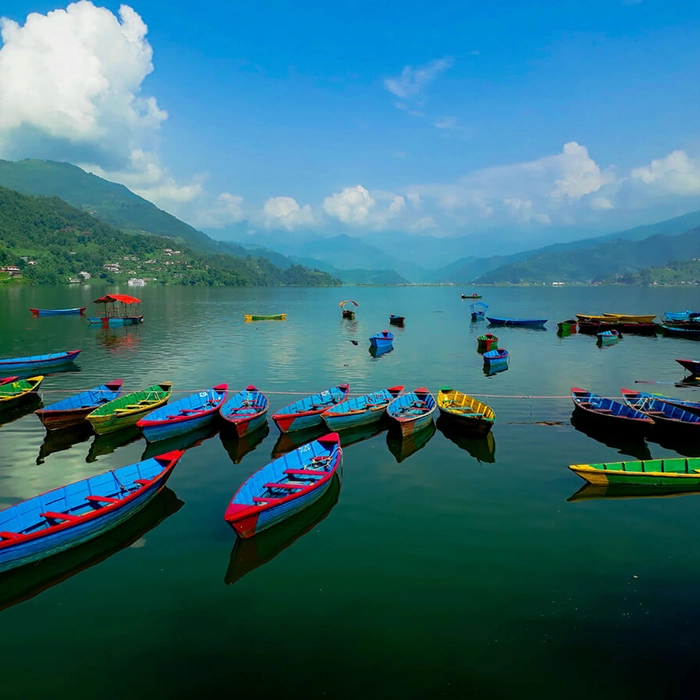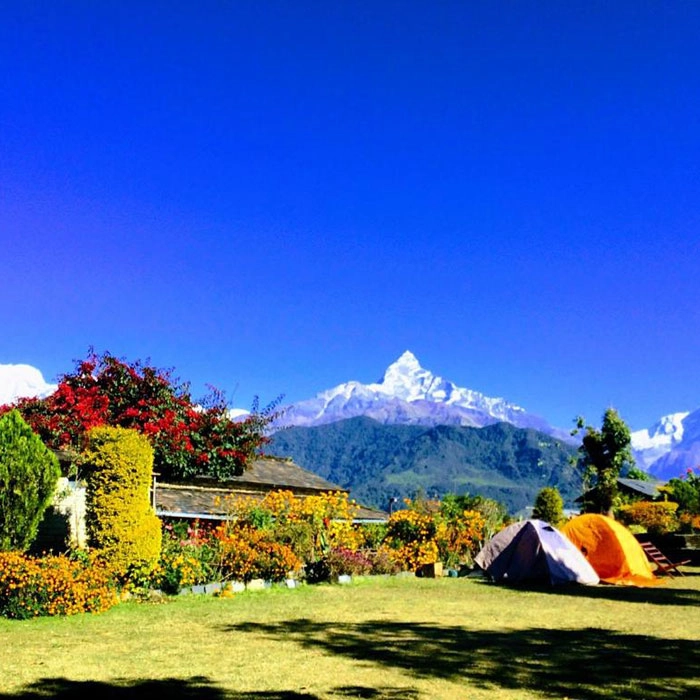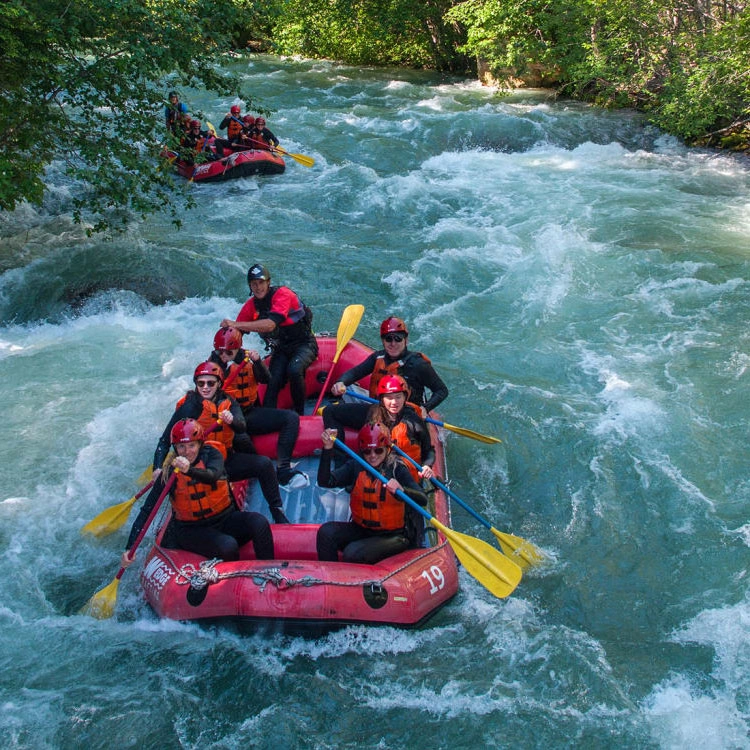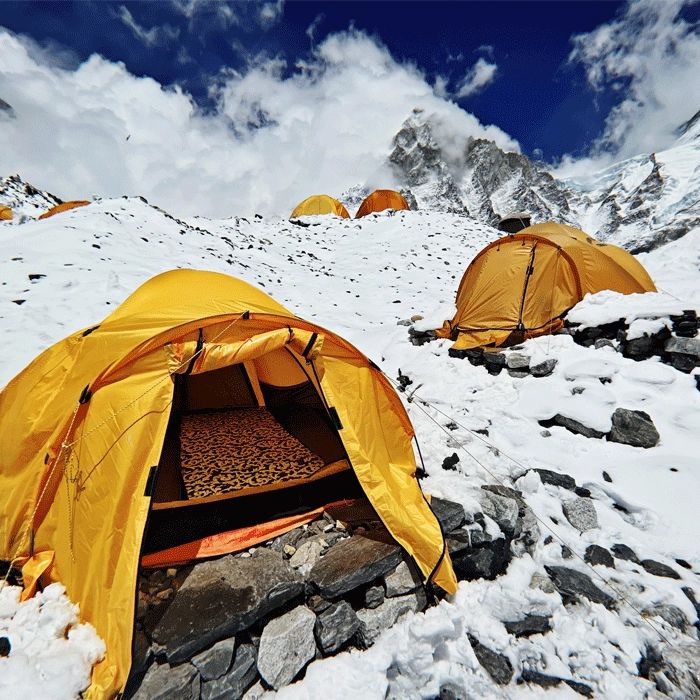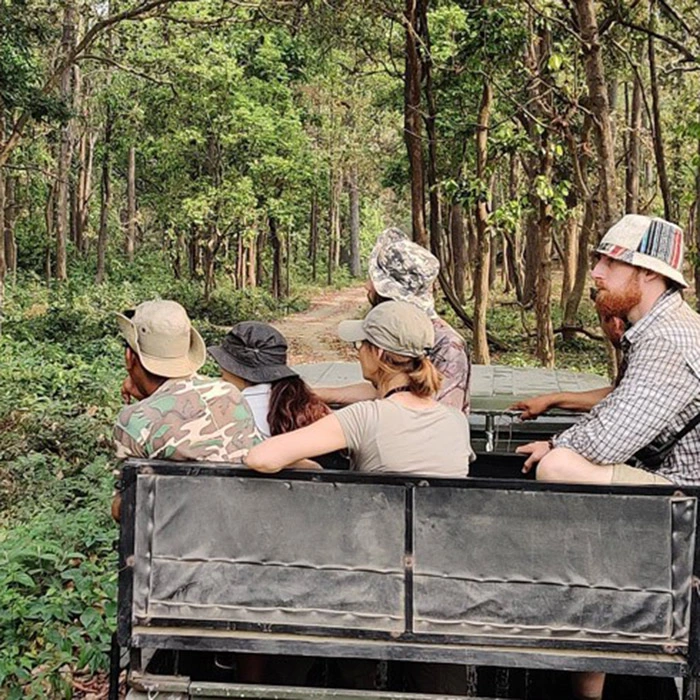Discover the Limi Valley Trek, a journey through Nepal’s pristine wilderness with rugged trails, stunning views, & rich cultural experiences. This trek offers a unique chance to explore remote landscapes, tackle challenging terrains, and engage with vibrant local cultures in one of Nepal’s most secluded and untouched regions.
Beginning in the remote Limi Valley, you’ll encounter awe-inspiring views of snow-covered peaks and quaint villages set within tranquil valleys. As you traverse rugged terrains, lush valleys, and pristine trails, you’ll find it ideal for seeking solitude and a profound connection with nature. Each day reveals new wonders, such as dense forests, expansive alpine meadows, crystal-clear rivers, and remote mountain passes. Additionally, the varied landscapes showcase the valley’s breathtaking natural beauty. This presents a tapestry of awe-inspiring vistas and diverse trekking adventures in Nepal.
A notable aspect of Limi Valley trek is the opportunity to engage profoundly with the local Tibetan and Tamang communities. These groups preserve their traditional lifestyles, offering an authentic glimpse into their centuries-old customs and warm hospitality. Moreover, you can explore ancient monasteries, participate in vibrant local festivals, and savor traditional cuisine. These experiences add rich cultural depth to your adventure. Interacting with local people and observing their way of life provide invaluable insights and enhance the overall trek.
Renowned for its natural beauty and cultural richness, the Limi Valley Trek is perfect for adventurers seeking both dramatic landscapes and deep cultural encounters. The trek’s challenging yet rewarding paths cater to experienced trekkers in search of a remote and off-the-beaten-path adventure. As you explore this untouched region, you’ll not only test your physical endurance but also immerse yourself in the rich heritage and stunning scenery of Nepal’s Limi Valley.
Best Time to Do Limi Valley Trek in Nepal
The best times to hike in Limi Valley are in the spring (April to June) and the fall (September to November). These times of year have clear skies, dry trails, and nice daytime temperatures, which make the trip more enjoyable and rewarding. In the spring, wildflowers bloom and valleys become lush. In the fall, the mountains look sharp after the monsoon rains.
You can also go on winter treks, but it's very cold, and snow can block high passes. The monsoon season, on the other hand, brings muddy trails, leeches, and poor visibility.
What Makes Limi Valley Trek Special?
The Limi Valley Trek is one of Nepal's most remote and culturally rich trips. It is in the far-western district of Humla, near the border with Tibet. What makes it truly unique is that it gives you a rare look into ancient Tibetan culture that hasn't changed much over the years.
Buddhist monasteries, mani walls, and chortens that are hundreds of years old can be found in villages like Til, Halji, and Jang. These buildings show how traditions have been passed down through the years. Limi Valley is a real adventure off the beaten path. It has beautiful landscapes, spiritual experiences, and fewer trekkers than popular trails.
Permits Required
You need special permits to go to Limi Valley because it is a restricted area.
-
Trekkers need the Restricted Area Permit (RAP) for Humla and the Nepalese Trekkers' Information Management System (TIMS) card.
-
You will also need the Karnali Conservation Area Permit (KCAP), which helps keep the area's plants and animals safe.
-
Jagadamba Holidays takes care of all the permits you need, making sure that everything goes smoothly and without any problems.
Safety and Precautions
You need to plan ahead and be careful when you trek in a remote Himalayan valley like this.
-
Always hike with a licensed, experienced guide who knows the area, the weather, and the people who live there.
-
Bring a first-aid kit, ways to clean water, and your own medicines.
-
Dress in layers so you can adjust to the weather at high altitudes.
-
When you're in monasteries and villages, be sure to follow the rules and customs.
-
Don't go hiking alone or take shortcuts on trails you don't know.
-
Stay up to date on the weather and take acclimatization days seriously.
Limi Valley Trek Difficulty
The Limi Valley Trek is considered a strenuous and remote trek, best suited for experienced trekkers seeking off-the-beaten-path adventures in far-western Nepal. The trail crosses several high mountain passes, including Nyalu La (4,994 meters / 16,384 ft), and involves long trekking days of 6 to 8 hours through rugged terrain, isolated villages, and unspoiled wilderness. The high altitude, limited infrastructure, and remoteness of the region increase the level of difficulty, requiring good physical fitness, mental endurance, and self-sufficiency. While the trek does not require technical climbing, it demands thorough preparation and acclimatization. The reward is a culturally rich and visually stunning journey through one of Nepal’s most untouched and spiritually significant regions.
Training and Preparation
If you plan ahead, your hike will be more fun.
-
Start training two to three months before you leave. Work on your strength, endurance, and stamina.
-
Long hikes, jogging, stair climbing, and cycling are all good for your heart, and weight training gets you ready for carrying a backpack.
-
If you can, practice multi-day hikes to get used to the trekking environment.
-
Mental toughness is just as important because the facilities are basic and the conditions can be hard.
Mountain Views
The Limi Valley Trek has amazing views of the mountains that you won't find on many other trails. Trekkers can see Mount Kailash in Tibet, a holy mountain for both Hindus and Buddhists.
You will also see beautiful views of the Saipal Himal, Api Himal, Byas Rishi Himal, and even Mount Kailash and the Mansarovar region. The high passes lead to huge Himalayan landscapes that seem to have been untouched by time.
Altitude Sickness and Prevention
Altitude sickness is a risk when the trek goes above 4,500 meters. The best way to avoid this is to go up slowly and take acclimatization days as planned. Drink a lot of water, stay away from alcohol, and pay attention to your body for early signs like headaches, nausea, or dizziness.
After talking to a doctor, you might want to think about taking Diamox or other medications. If symptoms worsen, descending immediately is the safest course of action.
What to Expect
Expect a remote experience that immerses you in the culture with few modern conveniences. The trek goes through untouched valleys, rivers, forests, and high mountain passes, and along the way, you can learn about Tibetan Buddhist culture and traditions.
You will walk through villages where life hasn't changed in hundreds of years, eat with locals, and see stunning natural beauty that is far away from Nepal's busy trekking routes.
Why Choose Jagadamba Holidays for Limi Valley Trek
Jagadamba Holidays specializes in all treks, be it even hard-to-reach and off-limits places like Limi Valley, we know how to get around safely and understand the culture are very important. We take care of all the permits, give you experienced guides who are familiar with the area and its customs, and make sure you're safe with well-planned itineraries while making sure to provide you with the best service possible.
You can focus on having fun on the trek because our team takes care of your lodging, meals, and transportation. We also offer real cultural insights that make your trip better because we have strong ties to the area.
Things You Should Know
-
There aren't many places to stay or eat in Limi Valley, so trekkers should be ready for basic accommodations and food.
-
You need to bring enough cash because there are no ATMs past Simikot.
-
There isn't much internet or cell phone service, and villages only have solar power for electricity.
-
It's important to be able to change your plans because the weather can change quickly.
-
Visitors must always respect local customs, especially when they are at religious sites.
Is Limi Valley Trek for Me?
This trek is great for adventurous travelers who want to see the Himalayas without the crowds and have unique cultural experiences. It is good for trekkers who are in good shape and can handle long days of walking and basic amenities. The Limi Valley Trek is great for you if you like adventure and value authenticity more than comfort and luxury.
Meals & Accommodation
You can stay in local teahouses and lodges, but the amenities aren't as good as those in more developed trekking areas. Most rooms have simple beds with blankets, and shared bathrooms are common.
You can usually find Tibetan-style foods like noodle soups, momos, and flatbreads served with dal bhat and other Nepali staples. There isn't much variety in the food because this area is so far away.
Plan Your Limi Valley Trek
Jagadamba Holidays makes it simple to plan your trek. We handle everything you need for your trip, including permits, guides, porters, places to stay, meals, and all the transportation you need, such as flights to and from Simikot, which is where the trek starts.
We made our plans to help you get used to the new place so you can stay safe and comfortable. We can plan trips for solo hikers, small groups, and people with specific interests, so your adventure can be as flexible as you need it to be.
Highlights
Some unforgettable highlights of the Limi Valley Trek include:
-
Going to old villages like Til, Halji, and Jang, which have monasteries that are hundreds of years old
-
Amazing views of Mount Kailash and other peaks in the Himalayas
-
Trails that are far away from people and have few trekkers, giving you a real wilderness experience
-
Experiencing real Tibetan Buddhist culture and customs
-
Seeing wildlife like blue sheep, Himalayan musk deer, and rare birds
Why Choose Limi Valley Trek
If you choose the Limi Valley Trek, you'll get adventure, culture, and seclusion. It is one of Nepal's last hidden gems, with untouched scenery, traditional villages, and views of Tibet that are unlike any other in the Himalayas. For trekkers who want to go off the beaten path, Limi Valley is a life-changing place to go.
Packing List, Gears, and Equipment
To make your trek safe and comfortable, you’ll need to pack the right gear:
-
Clothes: Base layers, quick-dry trekking shirts, fleece and down jackets, a waterproof shell, trekking pants, gloves, a hat, and thermal underwear
-
Footwear: Broken-in, sturdy trekking boots, camp shoes, and warm trekking socks
-
Gear: A sleeping bag that can handle temperatures as low as -10°C, a 40–50L backpack, a 20L daypack, and trekking poles
-
Essentials: Headlamp, sunglasses, sunscreen, lip balm, water bottles, and purification tablets are all important.
-
Other things: A first-aid kit, toiletries, a quick-dry towel, a power bank, extra batteries, and snacks.
Limi Valley Trek Cost
The Limi Valley Trek cost generally includes essential services such as a licensed trekking guide, porter support, restricted-area and national park permits, camping or lodge accommodations (depending on the route), all meals during the trek, and ground transportation to and from the trailhead.
Solo trekkers benefit from personalized support, while groups enjoy tiered pricing, with per-person rates decreasing as group size increases.
We also provide seasonal promotions during off-peak seasons to make this remote and culturally rich journey more accessible. Although our website displays standard international pricing, you're invited to contact us directly for private-group quotes, where we guarantee the most competitive rate with the highest quality of service, ensuring a safe, rewarding, and unforgettable expedition in Nepal’s wild far-west.



 Overviews
Overviews
 Trip Overview
Trip Overview
 Travel Itinerary
Travel Itinerary
 Cost Include
Cost Include
 Cost Exclude
Cost Exclude
 Fixed Departure
Fixed Departure
 Route Map
Route Map

 Freqeuntly Asked Questions
Freqeuntly Asked Questions
 Reviews And Rating
Reviews And Rating
